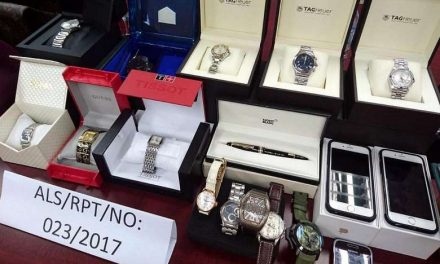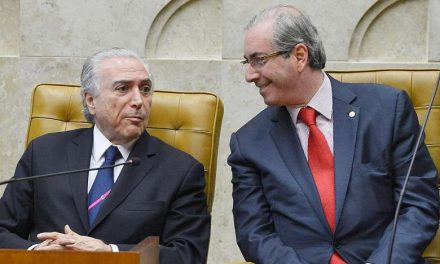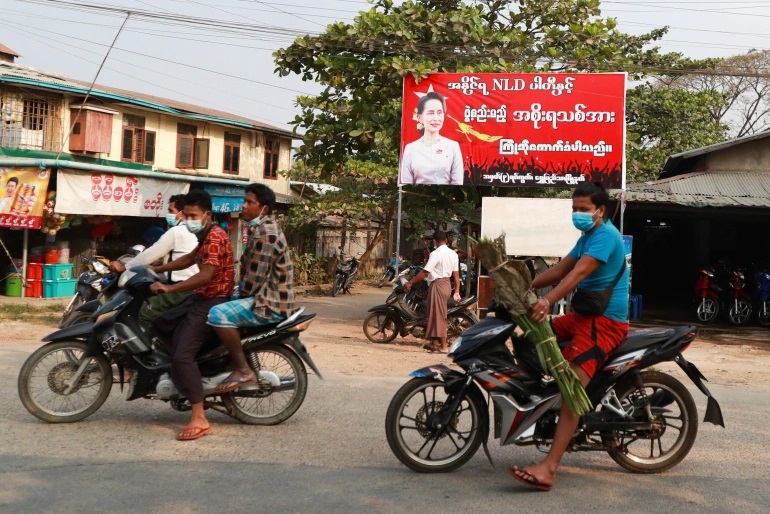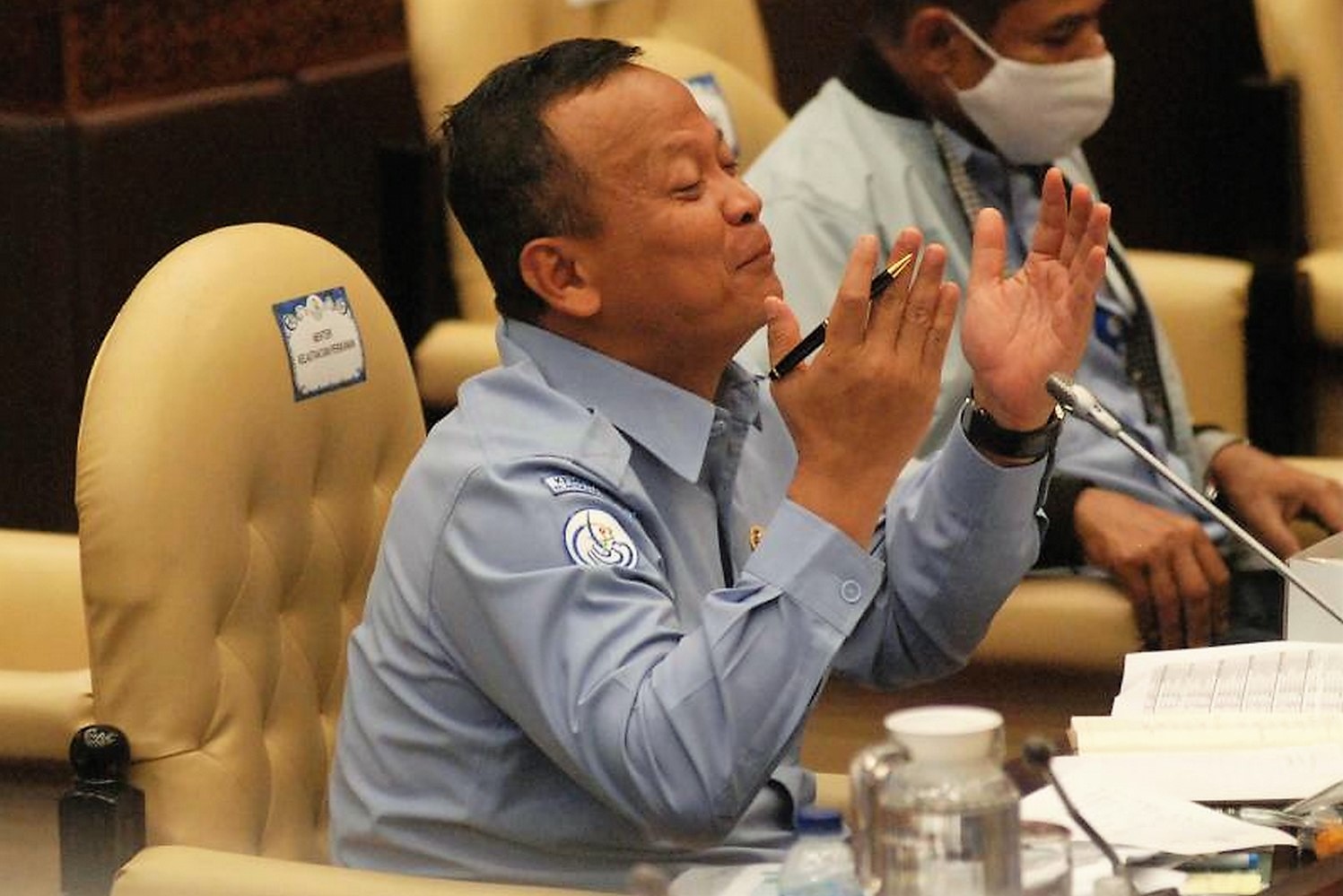8 June 2018
The government launched a Website (http://www.12388.gov.cn/ztzz/) to enlist the help of the masses, along with ‘wanted’ list containing details of suspects and their whereabouts.
In a statement released on Wednesday, the commission supplied photographs and names of 50 corruption suspects, along with English and Chinese street names, as well as bilingual descriptions of their alleged crimes.
Beijing made little progress in getting help from Western countries in its efforts to return corruption suspects. Many counties have been reluctant to sign an extradition treaty with China, citing its poor rights record and opaque criminal prosecution process.
A good example is the death of Chen Yong, 45, a former driver for the Jianyang district government in Nanping, Fujian province, while under custody. In China, suspected officials’ drivers and personal secretaries are often targeted by investigators looking for evidence. Chen’s sister, who went to claim Chen’s body, told Caixin News Agency that she had been shocked to find him with “a disfigured face”. Chen collapsed while being interrogated around 4pm on Saturday and was rushed to hospital, but he died around four hours later.
China had captured 4,141 fugitives from more than 90 countries and regions and recovered nearly 10 billion yuan (US$1.56 billion) so for.
Chinese employed different tactics to get the stolen funds back. For example, Chinese police have travelled to Australian cities without the knowledge of the AFP in order to “persuade” suspects to return to China. Some returned. Australia protested these incidents via diplomatic channels. The Australian reported.















